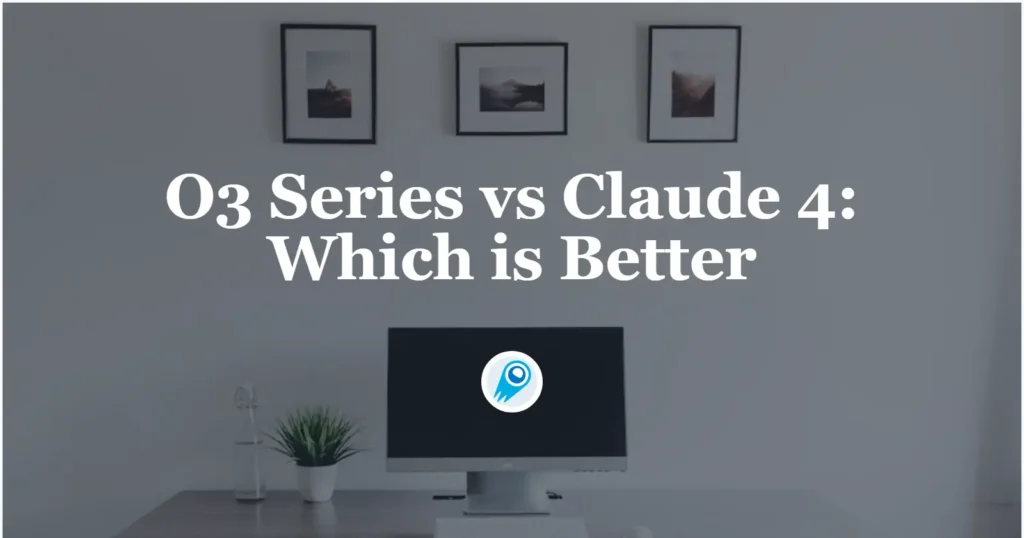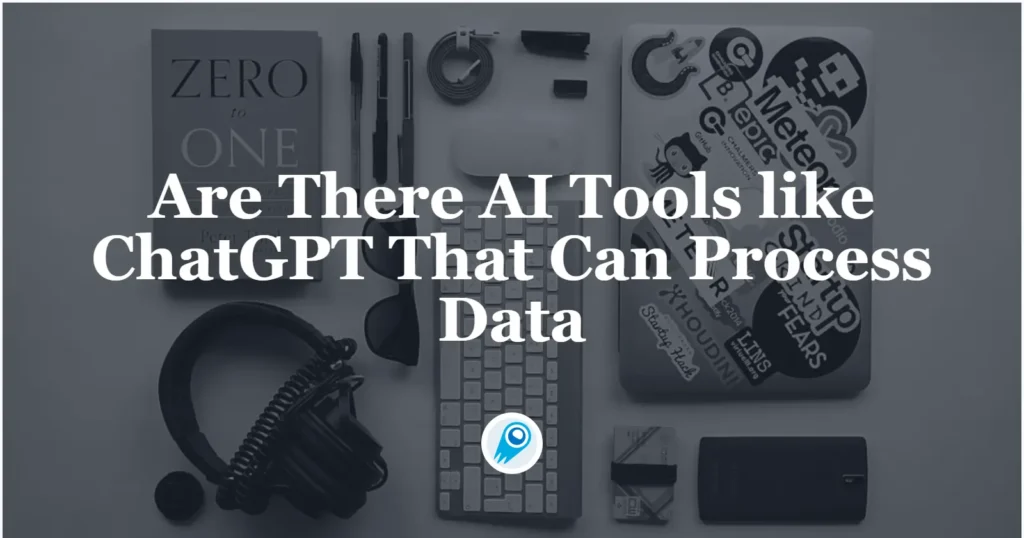OpenAI’s O3 model represents a significant leap in AI’s ability to adapt to novel tasks, particularly in complex reasoning domains such as mathematics, coding, and science. To harness its full potential, understanding the nuances of prompting is essential. This guide delves into best practices, specific applications, and expert tips to optimize your interactions with O3. […]
O3 Series vs Claude 4: Which is Better
OpenAI’s o3 series and Anthropic’s Claude 4 represent two of the most advanced reasoning-focused AI models available today. As organizations increasingly adopt AI to augment coding, complex problem-solving, and long-context analysis, understanding the nuances between these offerings is critical. Drawing on official release notes, third-party benchmark reports, and industry news, we explore how each model […]
Are There AI Tools like ChatGPT That Can Process Data
AI is no longer confined to chatbots and creative assistants—it’s rapidly becoming a central pillar for processing, analyzing, and extracting insights from complex datasets. Organizations of all sizes are exploring whether tools like ChatGPT can handle not only conversation but also heavy-duty data tasks. In this article, we’ll examine the leading AI offerings, compare their […]
Multi-Image Reference With Flux.1 Kontext: A Step-by-step Guide
Flux.1 Kontext’s “multi-image reference” capability represents a paradigm shift in how AI-driven image editing and generation workflows handle multiple visual inputs. By allowing creators to feed several reference images simultaneously, Flux.1 Kontext can maintain coherent style, pose, and lighting across all inputs—enabling unified batch edits, consistent style transfers, and complex scene compositions. Below, we explore […]
GPT-5 Exposed: Client Hints at OpenAI’s Testing of GPT-5-Auto and GPT-5-Reasoning
In late July 2025, developers inspecting OpenAI’s ChatGPT Agent macOS application uncovered references to two previously unannounced models—GPT-5-Auto and GPT-5-Reasoning—suggesting that the next-generation GPT-5 system has entered an internal testing phase. Configuration files buried in the app’s cache include entries like “gpt-5-reasoning-alpha-2025-07-13” with a parameter “reasoning_effort: high”, indicating a specialized focus on intensive, multi-step reasoning […]
How to Use Echo Writing in Claude
Echo writing is a powerful prompt engineering technique designed to make AI-generated text sound as if it were authored by you. In the context of Anthropic’s Claude AI, echo writing leverages Claude’s advanced natural language understanding and custom styling features to produce outputs that seamlessly mirror your voice, tone, and phrasing. As organizations and individuals […]
Seedance 1.0 VS Google Veo 3: Which one should You choose?
Seedance 1.0 and Google Veo 3 represent two of the most advanced video generation models available today, each pushing the boundaries of what neural networks can achieve in transforming text or images into dynamic, cinematic experiences. Developed by ByteDance’s Volcano Engine (formerly known as Toutiao’s engine) and Google DeepMind respectively, these models cater to a rapidly […]
O3 vs Claude Opus 4 vs Gemini 2.5 Pro: A Detailed Comparison
OpenAI, Anthropic, and Google continue to push the boundaries of large language models with their latest flagship offerings—OpenAI’s o3 (and its enhanced o3-pro variant), Anthropic’s Claude Opus 4, and Google’s Gemini 2.5 Pro. Each of these models brings unique architectural innovations, performance strengths, and ecosystem integrations that cater to different use cases, from enterprise-grade coding […]
Alibaba Unveils Wan 2.2: World’s First Open‑Source MoE Video Generation Model
Alibaba’s DAMO Academy today officially released Wan 2.2, a next‑generation suite of open‑source video generation models built on a Mixture‑of‑Experts (MoE) architecture. Wan 2.2 promises breakthrough improvements in computational efficiency, motion fidelity, and cinematic expressiveness—enabling developers and creators to generate high‑quality 1080p videos from text or image prompts with unprecedented control and flexibility .Wan 2.2 delivers significant gains […]
How Much Does GLM 4.5 Series Cost? Are they worth it?
China’s Z.ai (formerly Zhipu AI) has once again seized headlines with the launch of its open‑source GLM 4.5 Series. Positioned as a cost‑efficient, high‑performance alternative to existing large language models, GLM‑4.5 promises to reshape token‑economics and democratize access for startups, enterprises, and research institutions alike. this comprehensive article explores the GLM‑4.5 Series’s origins, pricing structure, […]










